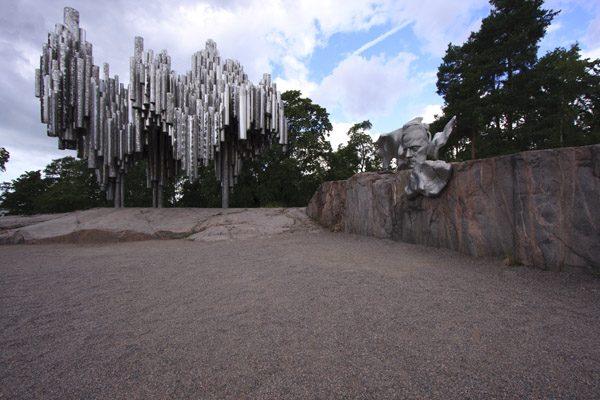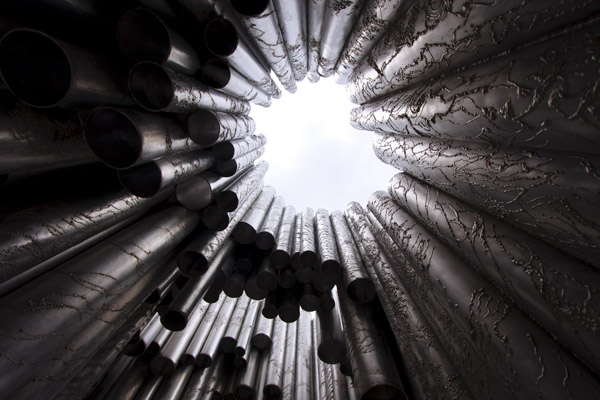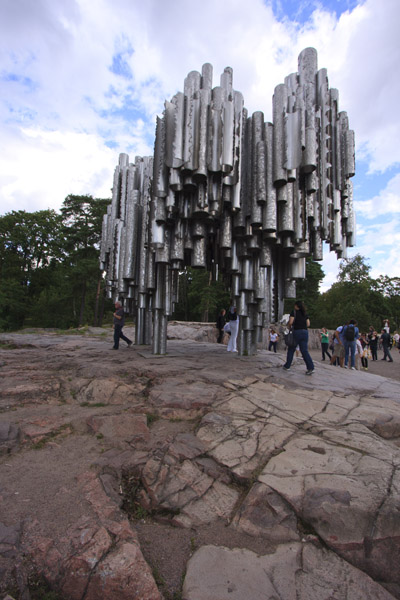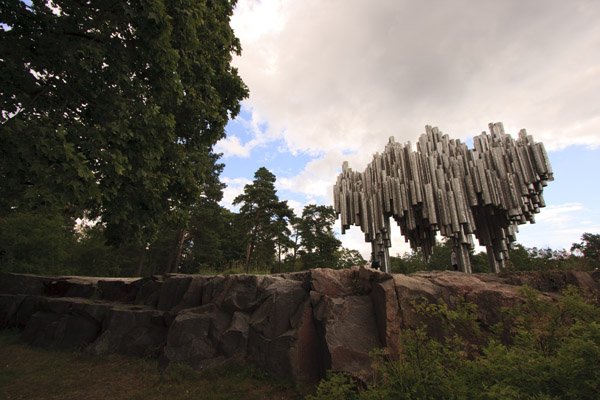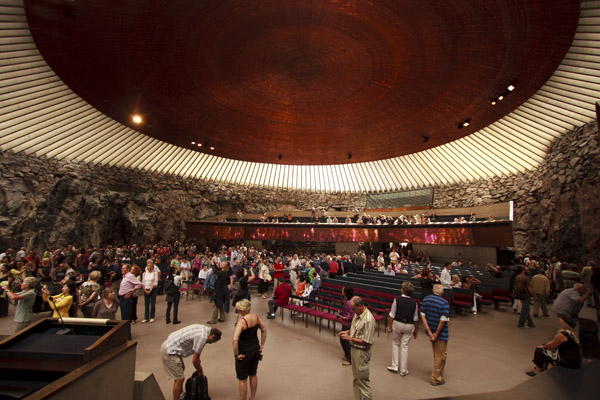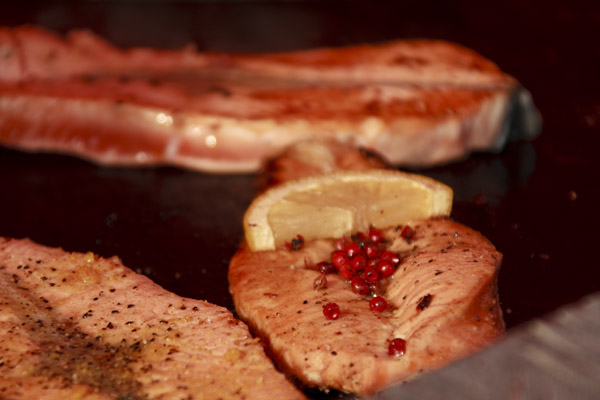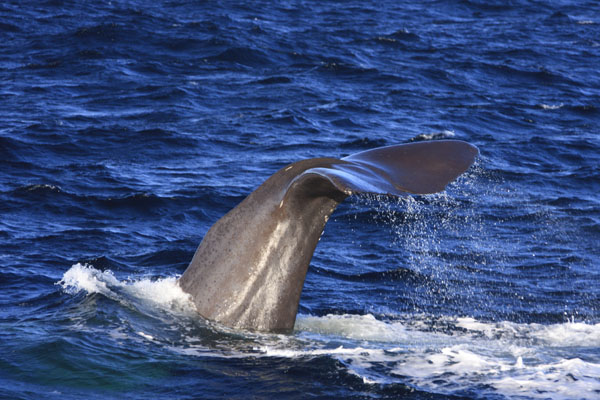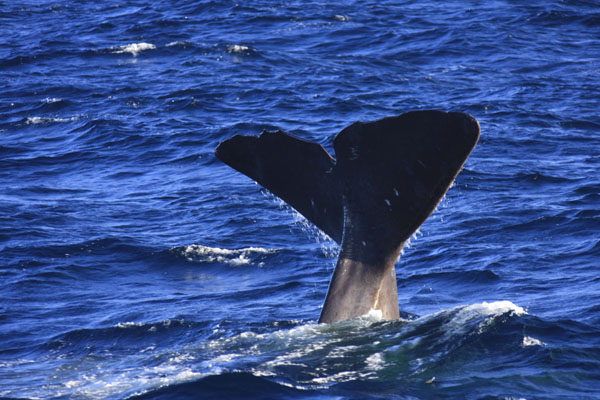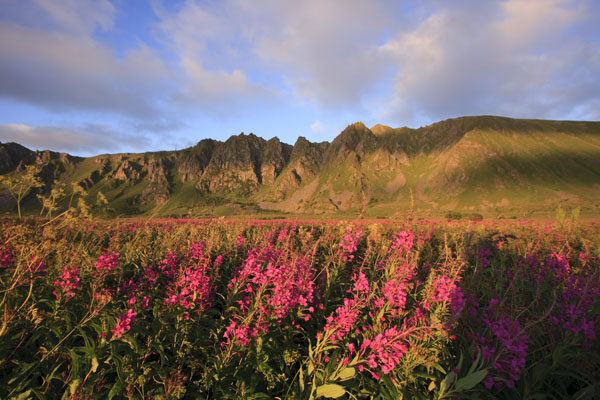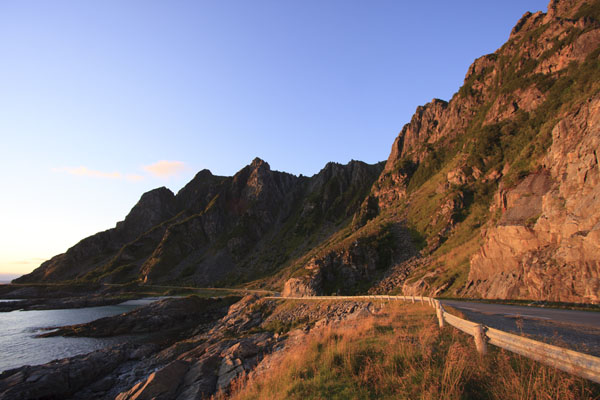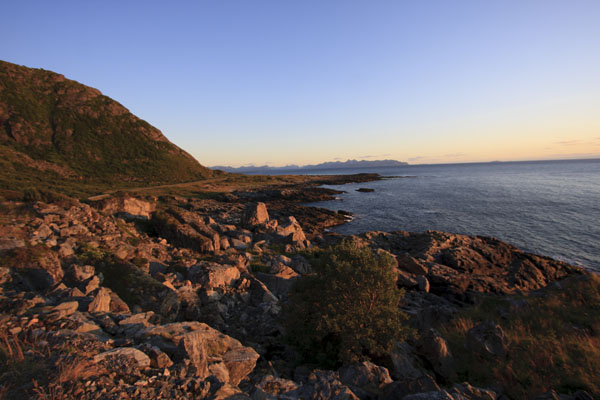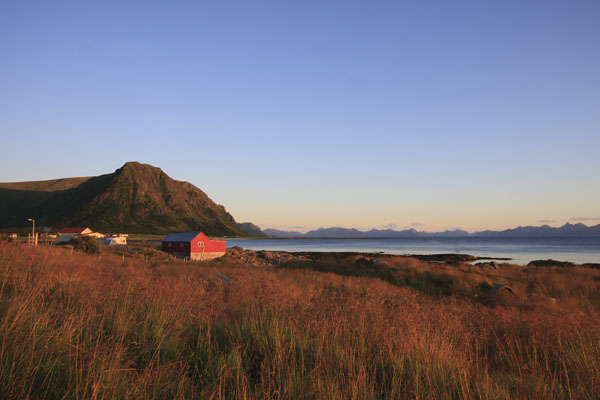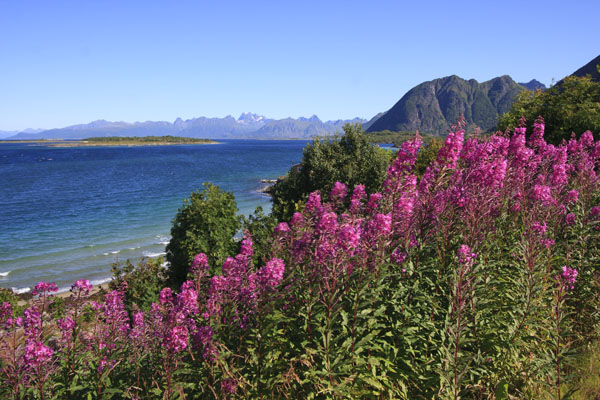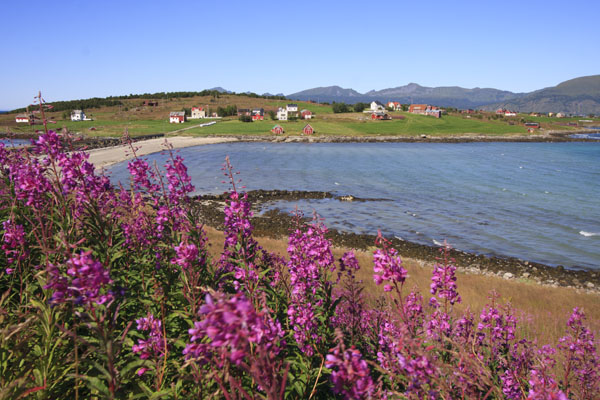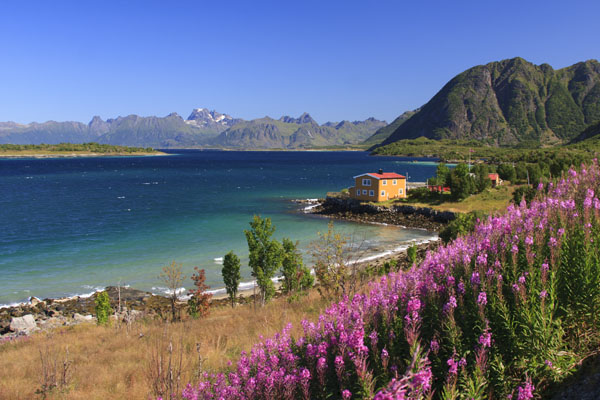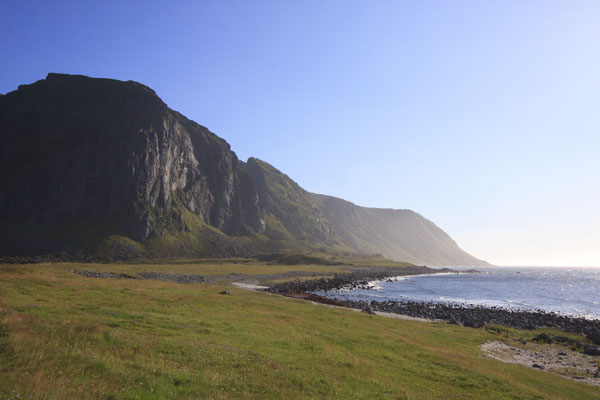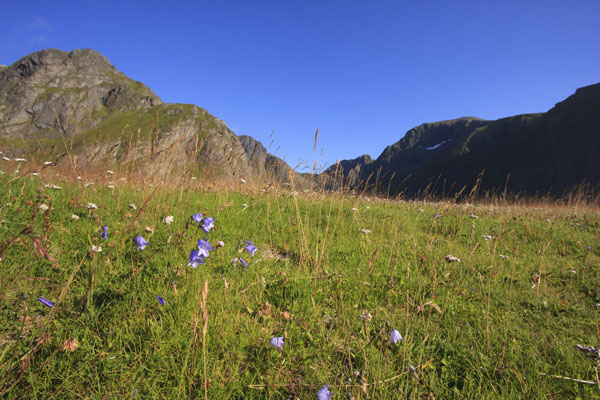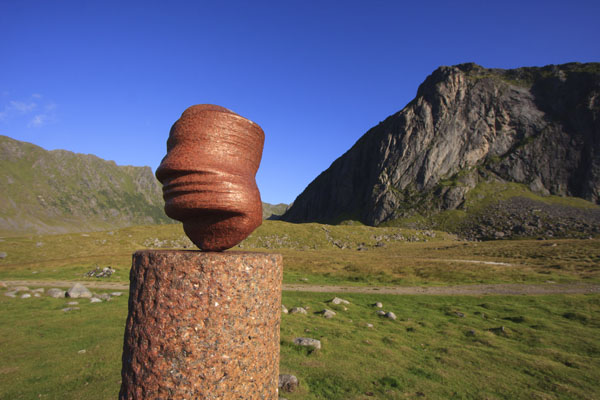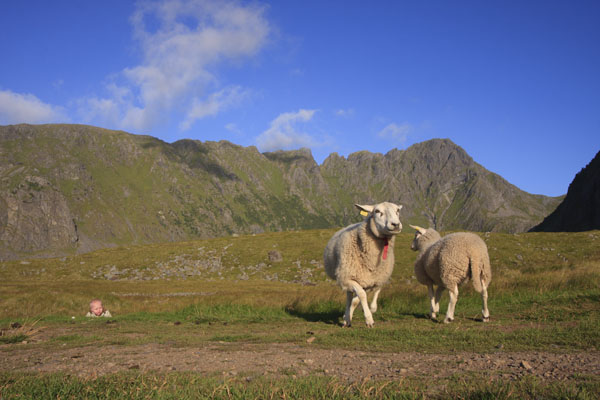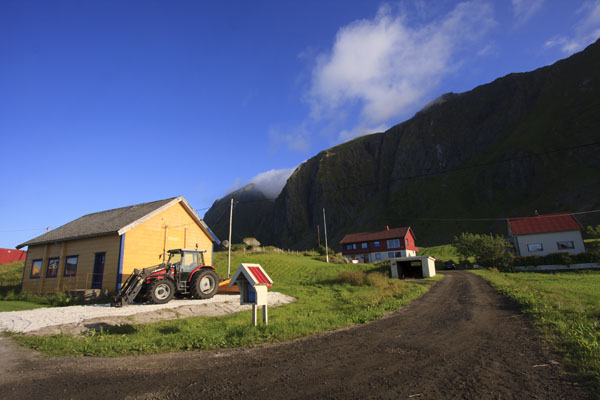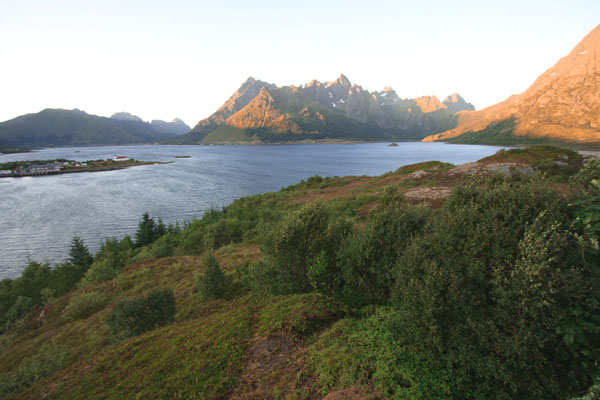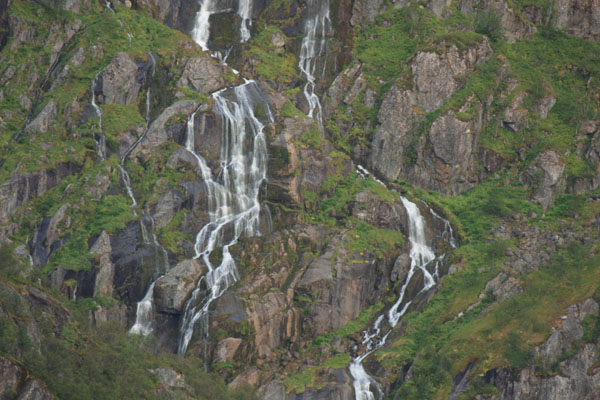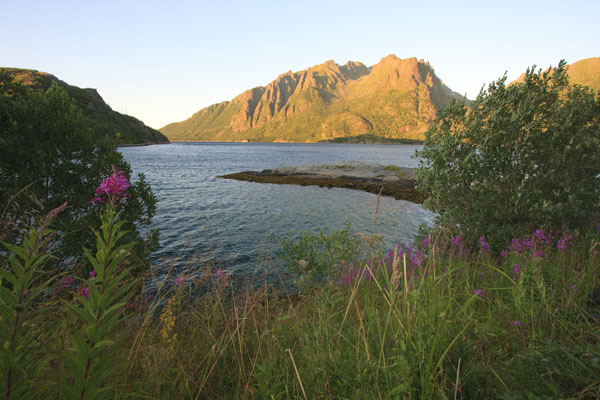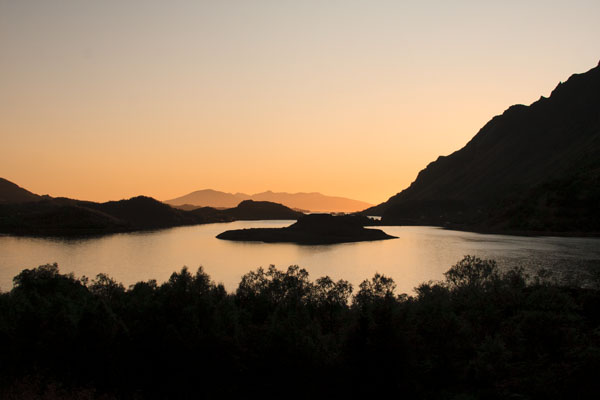Over the summer we took a little trip to Scandinavia… We began our voyage in Olso. The Norweigan capital was still reeling from the tragedy of the mass murder by a domestic terrorist.
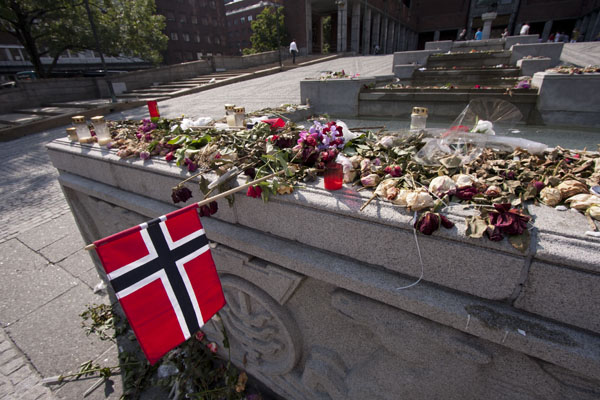
The juxtaposition and symbolism struck me…
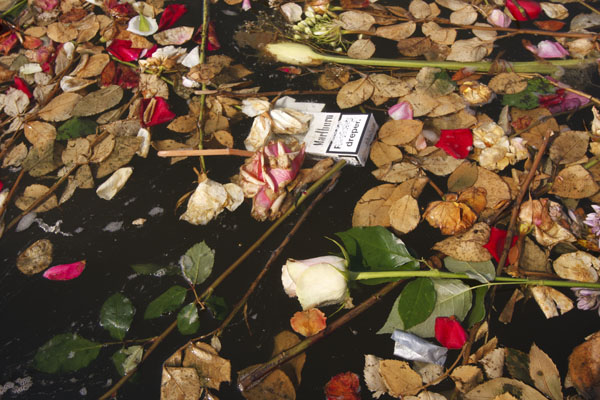
One of our first stops was the Norwegian Folk Museum. This is very similar to the folk museum we visited in Sweden. There are 140 buildings gathered from around Norway in this open-air museum. It was fascinating to wander through the spectrum of Norwegian architecture.

This is one of the highlights of the museum, the Stave Church. It was built in the 12th century, with remodeling done in the 17th and 19th centuries. The church was moved to its present location in the museum in 1884.

These are a couple of the stabbur, or raised store houses.

Alexander had fun on the slide.
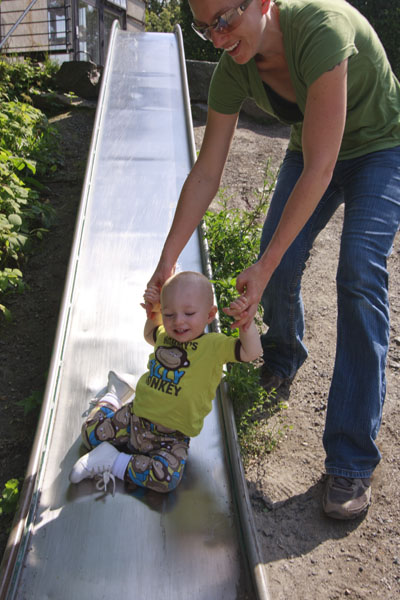
A self portrait.
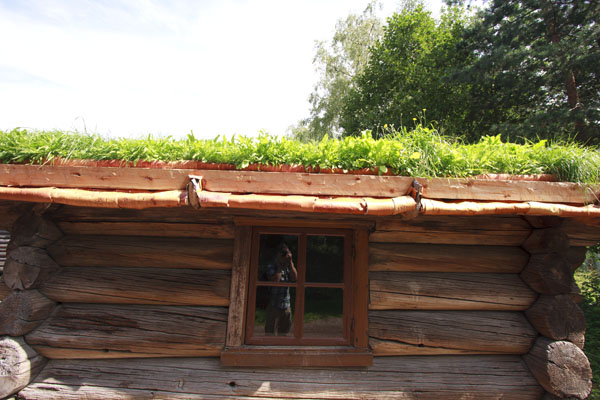
We also stopped by the Viking ship museum. This is a view of the Oseberg ship. It was used in the 9th century by the Vikings. In 834, it became a burial chamber for two women. It was relatively common practice to equip the burial sites with everything that was thought to be needed in the after life. As such, this ship also became an important source of Viking age artifacts.
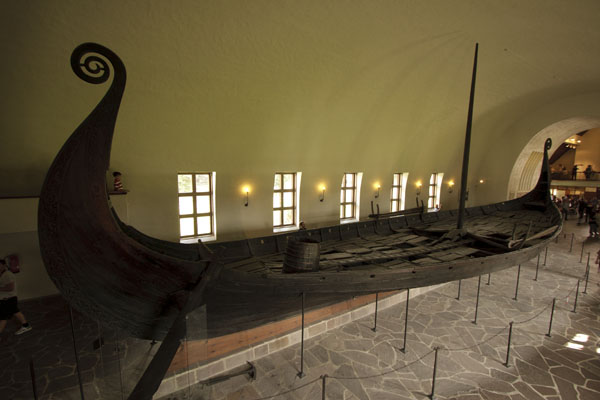
This is the hull of the second intact Viking ship, the Gokstad. This ship was also built in the 9th century, but slightly later than the Oseberg ship. It’s an impressive ship… it’s built to be rapidly reconfigured for use with sails, oars and in deep and shallow water. A replica of the ship sailed from Bergen in Northern Norway to Chicago (via the Great Lakes) in 1893. Seeing a ship like this, it’s clear how the Vikings were able to reach North America, hundreds of years before Columbus “discovered” the Americas.

Anna with a sleeping Alexander on her back.

Perhaps our favorite park in Norway was the Vigeland Park, where the work of artist Gustav Vigeland is proudly displayed. His works highlight the range of human emotion … in its purest forms, without the cover of clothing. This is the world’s largest sculpture garden by a single artist. It was executed between 1939-1949 by the artist himself. There are over 200 sculptures included in this masterwork.
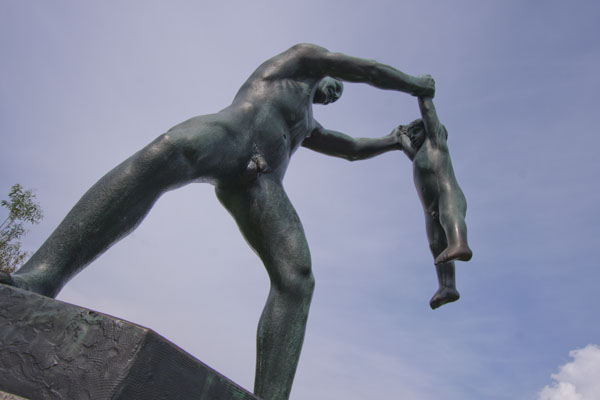


Even the iron gate is a work of art.

This is the monolith that is the center piece of the park, but more on that later.
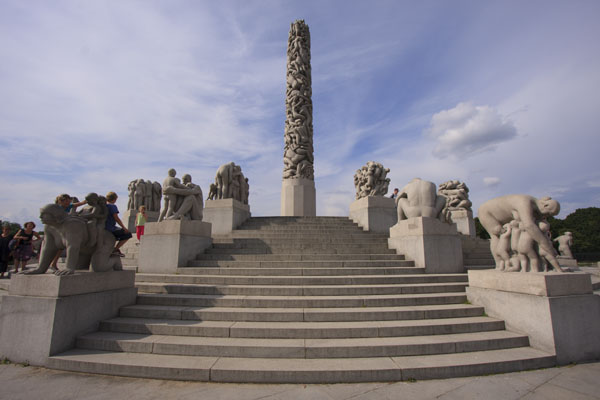
As you might imagine, we liked this family sculpture.
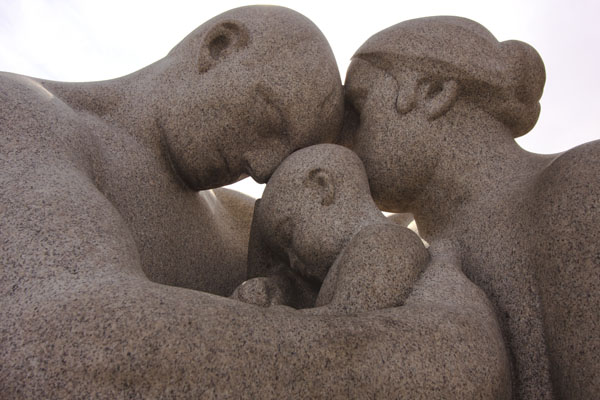
As with this couple.
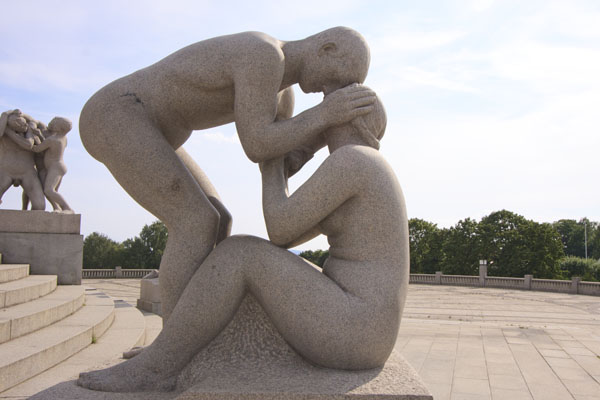
There are numerous couples and groups of people. Not all were happy, and all had deep symbolic meaning. Vigeland’s idea was to capture the whole range and we feel like he was very successful in doing so!
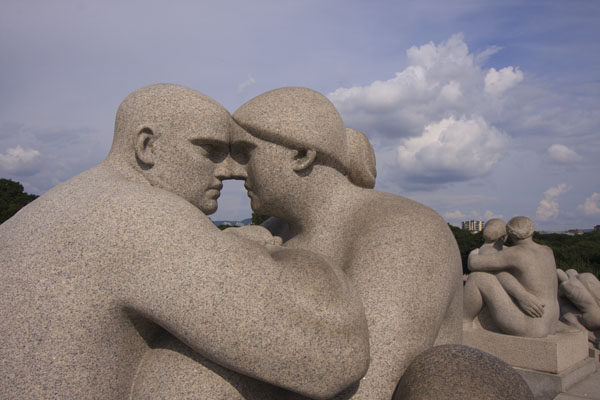
This is the monolith. It’s a huge carving from a single block of granite. There are 121 figures carved into the block and it stands a mighty 17.3 meters high.

A group of smiling girls in front of the monolith.
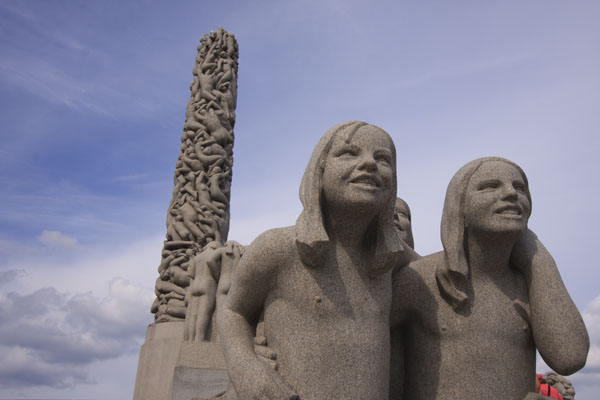
Some of the figures from the monolith.
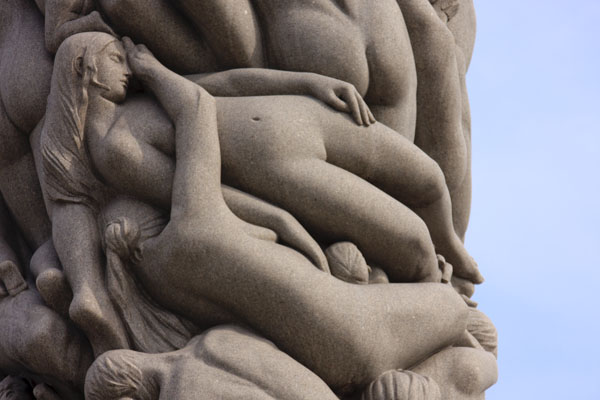
This, to me, depicts the constant struggle of life. We can help and hinder those near us, and the repercussions travel throughout the whole society. Everything is interconnected.

The grounds of the park were quite beautiful.

A carefree girl in bronze.
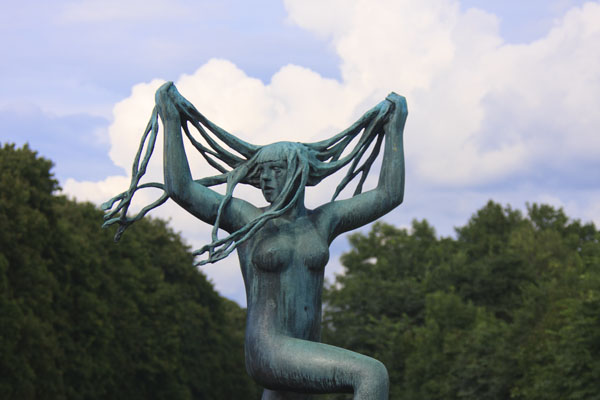
Break free of the endless cycle of repetition.
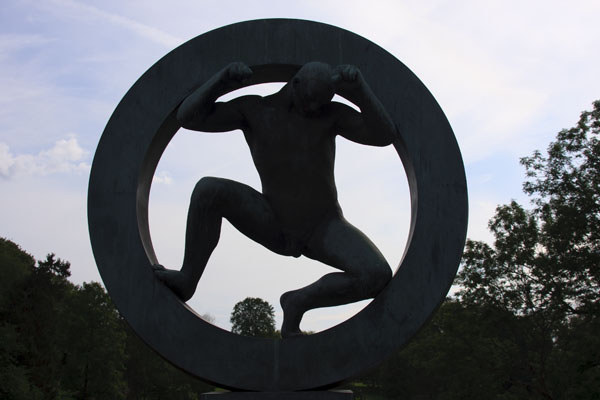
We also took a little break from the sculptures to let Alexander explore by himself. As you can see, he loved it.



Hey, what are you guys doing over there??

And with a little smile, he made a couple friends. As you can see, he seems to be drawn to pretty girls.

Anna’s touching the Sinnataggen or the Angry Boy … apparently, the sculptor was depicting a young English lad in a particularly ill tempered moment.
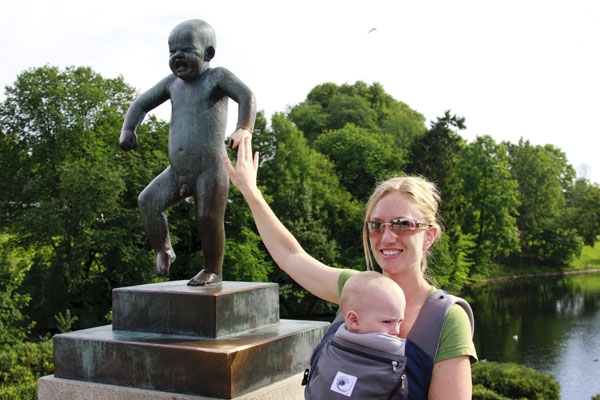

After the park, we headed out to see the Holmenkollen Ski Jump and Ski Museum. This is a view that the ski jumpers get right before they plunge head first down the steep ramp. In the short amount of time it takes to reach the launch zone, the skiers have accelerated to about 95 km/hr (60 MPH). Although the platform is only 3 meters high, they skiers can fly for about 4.5 seconds and can end up traveling another 130+ meters before touching the ground again. Talk about a rush!

Looking back up the hill.

The steel ski jump with a K-spot of 120.

That completes the first leg of our journey… next up, into the Arctic Circle.
Until then…
–Jim

